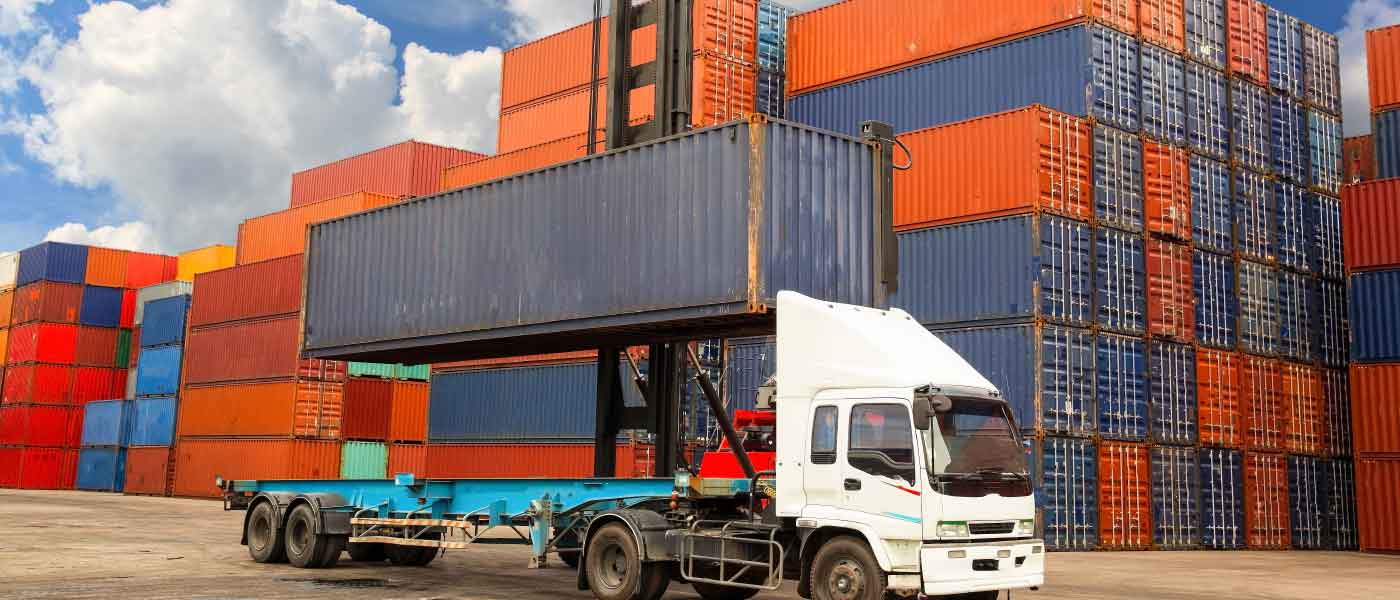Unlocking Sustainability: How Intermodal Transportation Significantly Reduces Carbon Emissions
- July 13, 2023
- Blog

Intermodal transportation refers to the movement of goods using multiple modes of transportation within a single journey, typically involving a combination of road, rail, air, and/or sea transport.
Having multiple options in transport, along with dynamic route planning mitigates the risk of losing on timelines in case of unexpected events. Intermodal transport for businesses optimizes the supply chain and, if combined by sustainable options, it can reduce emissions significantly. Additionally, intermodal transport provides flexibility in capacity management, allowing businesses to adapt to fluctuations in demand and achieve optimal resource utilization.
1. A Paradigm Shift: Understanding Intermodal Transportation
It is the seamless integration of different modes of transportation, such as trucks, trains, ships, and barges, to move freight from origin to destination. By leveraging the strengths of each mode, logistics companies can optimise the transportation network that offers a sustainable alternative to traditional, single-mode transportation.
2. Modal Shift: From High Emissions to Efficiency
The multi-modal shift reduces the dependence on heavily polluting modes, such as long-haul trucking, to more fuel-efficient modes like trains or ships that help reduce carbon emissions per ton-mile. The trains and ships can carry larger volumes of goods per unit of fuel, resulting in a substantial decrease in carbon emissions.
3. Energy Efficiency: Maximizing Resources
Intermodal transportation maximises energy efficiency by utilising different modes of transport that are known for their fuel efficiency, like trains, for example, which are far more energy-efficient than trucks, particularly for long-distance freight movement. By leveraging these energy-efficient modes, one can minimise the carbon intensity of freight transportation and help combat climate change.
4. Eliminating Empty Miles: Optimizing Routes
Intermodal transportation comes to the rescue of eliminating empty miles where vehicles or containers travel without any cargo. Through efficient route planning, scheduling, and coordination, unnecessary movements in freight transportation can be reduced, lowering the overall carbon emissions associated with it
5. The Power of Rail and Waterways: Greener Choices
The logistics companies and businesses are embracing rail and waterways as alternatives to road transport whenever feasible. Trains and ships emit lower greenhouse gases per ton-mile compared to trucks, making them greener choices for freight movement. By leveraging rail and waterways, intermodal transportation reduces the carbon intensity of logistics activities and contributes to sustainable supply chain.
6. Collaboration and Infrastructure Development: Building for the Future
Collaboration among stakeholders is crucial to fully unleash the potential of intermodal transportation. Governments, logistics providers, infrastructure developers, and policymakers need to come together to invest in and enhance intermodal infrastructure. Dedicated intermodal terminals, expanded rail networks, and improved port facilities expedite the efficient movement of goods, further reducing carbon emissions.
Intermodal transportation is a well-organized method for driving sustainability into logistics that will not only reduce carbon emissions but also contribute towards a greener future. With this, businesses can achieve operational efficiency, cost savings and also play a role in mitigating climate change.
